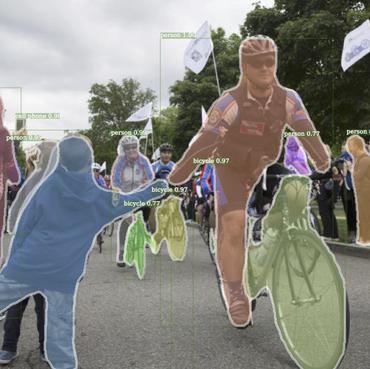Shift Equivariance in Object Detection
Robustness to small image translations is a highly desirable property for object detectors. However, recent works have shown that CNN-based classifiers are not shift invariant. It is unclear to what extent this could impact object detection, mainly because of the architectural differences between the two and the dimensionality of the prediction space of modern detectors. To assess shift equivariance of object detection models end-to-end, in this paper we propose an evaluation metric, built upon a greedy search of the lower and upper bounds of the mean average precision on a shifted image set. Our new metric shows that modern object detection architectures, no matter if one-stage or two-stage, anchor-based or anchor-free, are sensitive to even one pixel shift to the input images. Furthermore, we investigate several possible solutions to this problem, both taken from the literature and newly proposed, quantifying the effectiveness of each one with the suggested metric. Our results indicate that none of these methods can provide full shift equivariance. Measuring and analyzing the extent of shift variance of different models and the contributions of possible factors, is a first step towards being able to devise methods that mitigate or even leverage such variabilities.
PDF Abstract


 MS COCO
MS COCO
 DOTA
DOTA